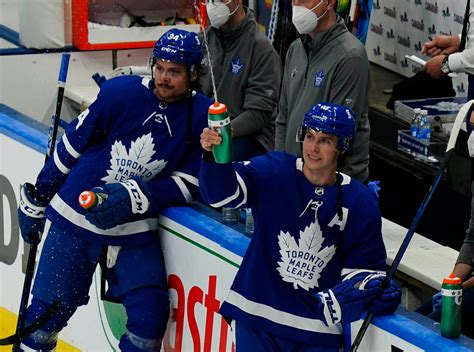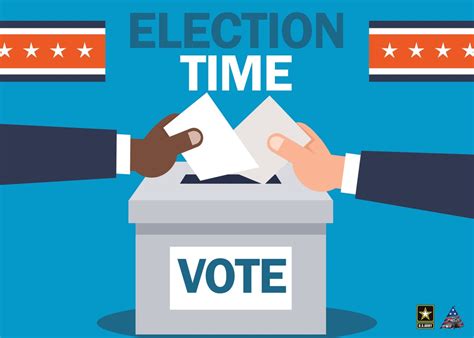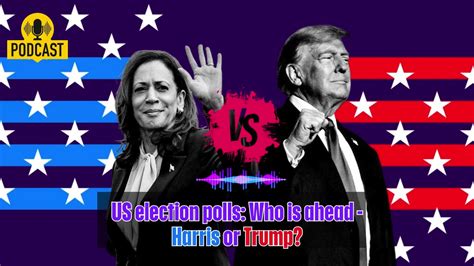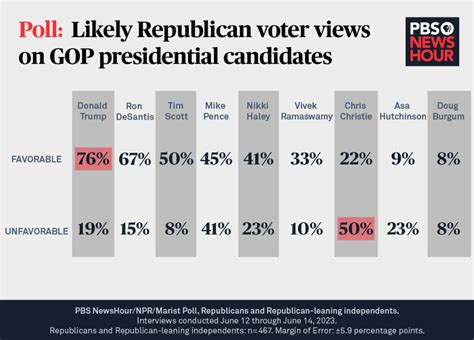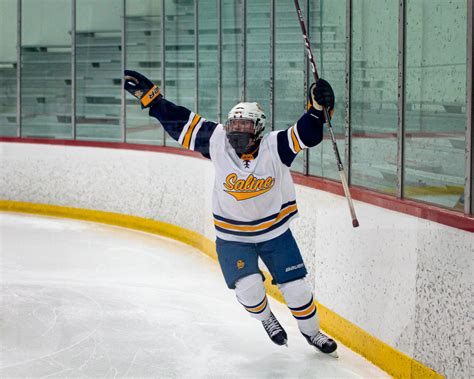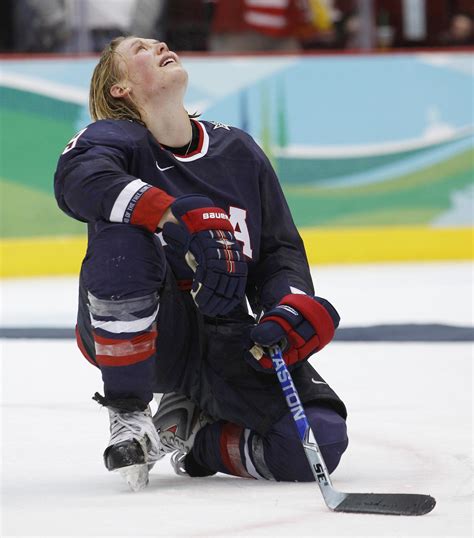Explore the structure and impact of hockey leagues, learn skill development strategies, and navigate your choices for player visibility and community engagement.Hockey is more than just a sport; it’s a dynamic community and a pathway for personal development, teamwork, and passion. With a variety of hockey leagues available, each uniquely structured and designed to nurture talent, choosing the right one can be daunting. In this guide, we aim to demystify the different types of hockey leagues, exploring their structures and how they contribute to player development, local culture, and visibility in the sport. Whether you’re a budding player, a seasoned competitor, or a parent looking to navigate the landscape, this article will equip you with the knowledge needed to make informed choices. Join us as we delve into the essence of hockey leagues and their profound impact on players and communities alike!
Understanding The Structure: A Guide To Hockey Leagues
The landscape of hockey leagues is diverse and structured, often varying significantly by region, level of competition, and age group. In this A Guide, we’ll explore the various types of hockey leagues, their hierarchies, and how each fits into the broader framework of the sport.
| League Type | Level of Competition | Age Group |
|---|---|---|
| Professional Leagues | Highest Level | Adults |
| Major Junior Leagues | High Level | 16-20 years old |
| Junior Leagues | Intermediate Level | 13-19 years old |
| Amateur Leagues | Varied Levels | All Ages |
| Recreational Leagues | Lowest Level | All Ages |
At the top of the hierarchy, professional leagues — such as the NHL (National Hockey League) — feature the most elite players and are financially supported by sponsorships and television contracts. Below this, major junior leagues, like the CHL (Canadian Hockey League), attract top talent and often serve as a pathway to professional careers.
Junior leagues offer competitive environments for younger players, honing their skills and preparing them for the next step in their hockey journey. For those just starting or looking for a less competitive atmosphere, amateur and recreational leagues provide valuable opportunities for participation and enjoyment of the game.
Each of these structures plays a crucial role not only in skill development but also in connecting players to local communities and the sport at large. Understanding this framework is essential for anyone looking to navigate the landscape of hockey leagues effectively.
Building Skills: How Different Leagues Develop Players
Participating in various hockey leagues offers players distinct experiences that are pivotal for their development. Each league is structured differently, providing unique environments that cater to different skill levels and development goals. In this section of the A Guide to hockey leagues, we will explore how these leagues contribute to developing players’ skills both on and off the ice.
| League Type | Skill Development Focus | Age Group | Play Style Emphasis |
|---|---|---|---|
| House Leagues | Fundamental skills and teamwork | All ages | Recreational play |
| Travel Leagues | Advanced game strategies | U10 – U18 | Competitive play and skill refinement |
| Junior Leagues | High-level skills and professional preparation | 16 – 20 | Fast-paced and competitive hockey |
| Professional Leagues | Elite skills and career-level preparation | Adults | High-pressure performance |
In house leagues, players primarily learn the basics of skating, passing, and shooting, building a strong foundation. As players progress to travel leagues, they are introduced to advanced techniques, encouraging a more competitive spirit and deeper understanding of game strategies.
Junior leagues play a critical role in preparing players for potential careers in professional hockey. The training intensifies, focusing on elite skills, physical conditioning, and mental toughness. Players who demonstrate exceptional talent in junior leagues may find themselves moving to professional leagues, where the emphasis is on maximizing performance under pressure.
The right league can greatly influence a player’s development and provide opportunities that align with their goals. Understanding how different leagues fit into the overall development can help players and parents make informed decisions about their hockey journeys.
Community Impact: The Role of Leagues In Local Hockey Culture
Hockey leagues play a crucial role in shaping the community around them. Local teams not only foster sportsmanship and teamwork but also create a strong sense of identity and belonging. These leagues provide opportunities for both players and spectators to engage in a healthy, competitive environment that promotes physical fitness and social interaction.
One of the most significant impacts of local hockey leagues is their ability to bring people together. Families and friends gather to support their teams, creating a vibrant atmosphere that strengthens community ties. Events surrounding games, such as fundraisers, community festivals, and youth clinics, help to enhance this sense of connection, allowing individuals from various backgrounds to come together over a shared passion for the sport.
Additionally, these leagues often engage in community outreach initiatives. Many hockey organizations partner with schools and local businesses to promote healthy lifestyles and sports participation among the youth. By introducing children to the game, leagues cultivate the next generation of players and fans, instilling values such as discipline, respect, and perseverance.
The economic impact of local hockey leagues should not be underestimated either. They can contribute significantly to local economies by attracting visitors for tournaments and games. This influx of people can lead to increased sales for local businesses, including restaurants, shops, and hotels, thus reinforcing the community’s economic foundation.
As highlighted in this A Guide to hockey leagues, their role transcends beyond just the game itself. They are instrumental in fostering community spirit, promoting health and wellness, and contributing to local economies, ultimately enriching the lives of those involved and the communities they serve.
Navigating Choices: Selecting The Right Hockey League For You
Choosing the right hockey league is crucial for players looking to develop their skills, gain visibility, and find the right competitive environment. Here are some key factors to consider when making your decision:
- Level of Competition: Assess your current skill level and match it with the league’s competitive nature. Whether you are a beginner or an advanced player, finding a league that aligns with your abilities is essential for growth.
- Position and Play Style: Different leagues may have varying play styles and positions emphasized. Understand how your position fits into the league’s overall strategy and whether it complements your strengths.
- Coaching Quality: Research the coaching staff associated with the league. Experienced coaches can provide valuable guidance and mentorship, which can enhance your development.
- Travel Requirements: Some leagues may have extensive travel schedules, while others may be more localized. Consider your commitment level and how travel commitments fit into your lifestyle.
- Time Commitment: Evaluate the time requirements for practices, games, and tournaments. Ensure it aligns with your other commitments, such as school or work.
- Costs: Analyze the financial aspects involved, including registration fees, equipment costs, and any additional expenses like travel or accommodation. Ensure that the league fits within your budget.
- Reputation and History: Research the league’s history and reputation. Speak with current and former players about their experiences to get insights into the overall culture and success stories.
- Player Programs: Look for leagues that offer training programs, skill development camps, and other initiatives that can help you grow as a player.
Using this guide, players can make informed decisions about which hockey league will best suit their individual needs, ultimately leading to a more fulfilling experience in the world of hockey.
Showcasing Talent: How Leagues Impact Player Visibility And Opportunities
In the realm of ice hockey, A Guide to understanding how different leagues affect player visibility and opportunities is crucial for aspiring athletes. Each league possesses its own unique structure and level of exposure, which can significantly influence a player’s potential for advancement in their hockey career.
Not all leagues are created equal; some are renowned for producing top-level talent that attracts scouts and professionals from higher leagues, while others provide valuable playing experience in a different context. Here are key factors that illustrate how leagues impact player visibility:
| League Type | Visibility | Opportunities Offered |
|---|---|---|
| Professional Leagues | High – Attracts scouts and media attention | Direct contracts, sponsorships |
| Junior Leagues | Moderate – Viewed by college scouts | Scholarships, drafts |
| Amateur Leagues | Low to Moderate – Local exposure | Recreational competition, local sponsorships |
As shown in the table above, professional leagues tend to offer the highest visibility and direct opportunities for players to secure contracts. These leagues are where scouts actively seek talent for recruitment, ensuring that players receive significant media coverage and recognition. In contrast, junior leagues, while still valuable, primarily function as a bridge to higher levels by offering the chance for college scholarships and entry into professional drafts.
In amateur leagues, players may find it challenging to gain the same level of visibility, but these leagues are pivotal for skill-building and community engagement, which can lead to opportunities in more competitive environments later on.
Players must assess their goals and the type of exposure they seek. Understanding how different hockey leagues impact player visibility and opportunities is essential for making informed decisions about their hockey careers.
Frequently Asked Questions
What are the main types of hockey leagues?
The main types of hockey leagues include professional leagues, amateur leagues, junior leagues, women’s leagues, and recreational leagues.
How do professional hockey leagues differ from amateur leagues?
Professional hockey leagues are composed of players who are paid to play, while amateur leagues consist of players who participate for enjoyment and experience without financial compensation.
What is the significance of junior hockey leagues?
Junior hockey leagues serve as a critical developmental stage for young players, often acting as a stepping stone to professional and collegiate hockey.
Are there specific leagues for women in hockey?
Yes, there are dedicated women’s hockey leagues, such as the Women’s National Hockey League (WNHL) and the Professional Women’s Hockey Players Association (PWHPA), promoting women’s participation in the sport.
What factors should players consider when choosing a league?
Players should consider factors such as skill level, competitive balance, travel commitments, and whether the league aligns with their personal goals in the sport.
Can players move between different types of leagues?
Yes, players can often move between different types of leagues depending on their skill level and eligibility, with transitions commonly occurring from junior to professional leagues.
How do recreational leagues operate compared to competitive leagues?
Recreational leagues focus on providing a fun and social environment for players of all skill levels, while competitive leagues emphasize skill development, competition, and often have stricter rules and regulations.

